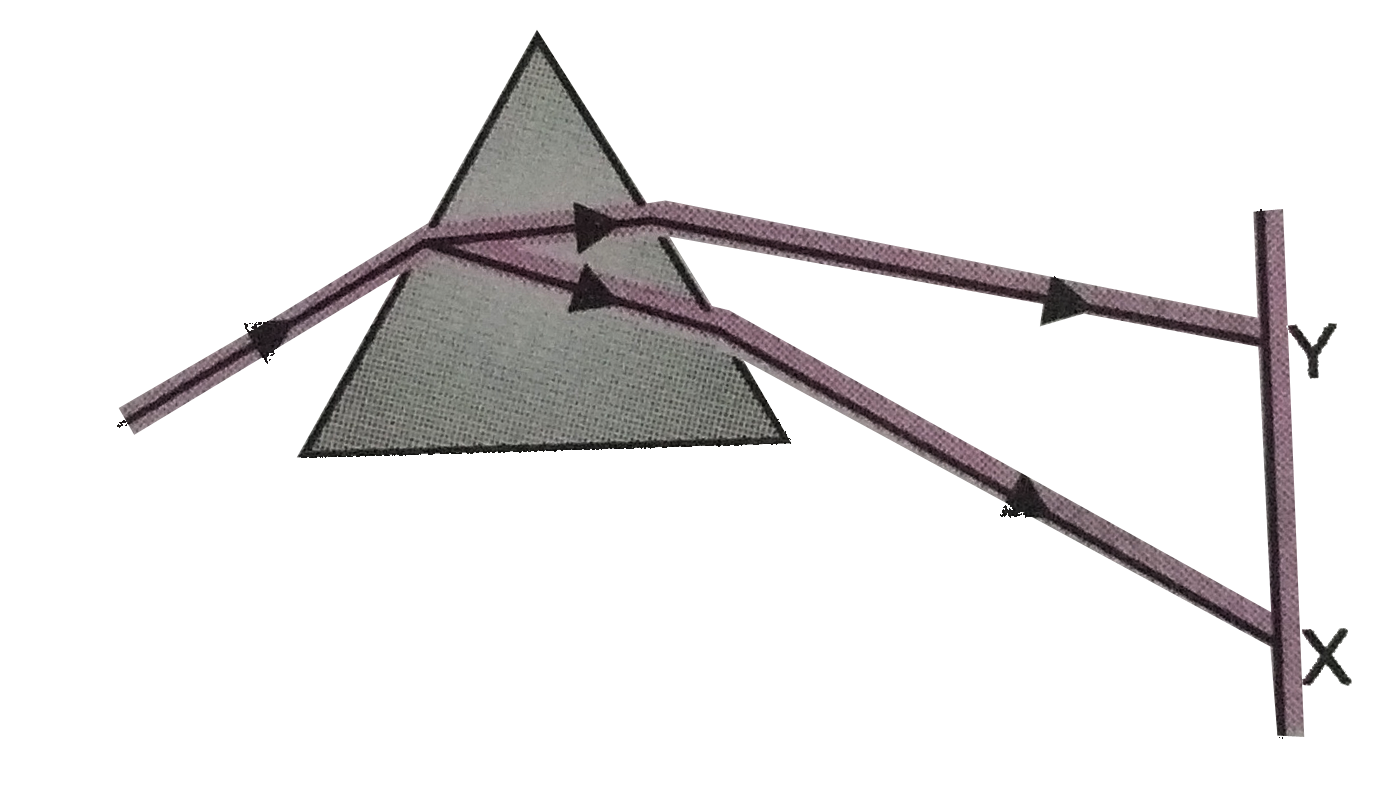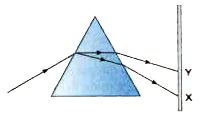You must have seen chandeliers having glass prisms. The light froma tungsten bulb gets dispersed while passing through these prisms and we see coloured spectrum. If we use an LED light instead of a tungsten bulb, will we be able to see the same effect ?
If LED is not white then the LED will not produce dispersion of light. Assuming the LED bulb to be white, the LED bulb will produce dispersion of light but the dispersion pattern is not as effective as the one with an incandescent bulb i.e., tungsten wire bulb.
Topper's Solved these Questions
- BOOK - TARGET PUBLICATIONCHAPTER - Refraction of lightEXERCISE - Chapter Assessment17videos
Refraction of light
- BOOK - TARGET PUBLICATIONCHAPTER - Refraction of lightEXERCISE - Practice problems9videos
Refraction of light
- BOOK - TARGET PUBLICATIONCHAPTER - MODEL QUESTION PAPER PART-2EXERCISE - QUESTIONS2videos
MODEL QUESTION PAPER PART-2
- BOOK - TARGET PUBLICATIONCHAPTER - SOCIAL HEALTH EXERCISE - CHAPTER ASSESSMENT3videos
SOCIAL HEALTH
Similar Questions
Knowledge Check
- Question 1 - Select One
While a white light ray, passes through a glass prism, the colour which disperses the least is
AvioletBredCorangeDnone of these - Question 2 - Select One
We use flint glass prism to disperse polychromatic light because light of different colours
ATravel with same speedBTravel with same speed but deviate differently due to the shape of the prismCHave different anisotropic properties while through the prismDTravel with different speeds
Why do the component colours of incident white Light split into a spectrum while passing through a glass prism, explain.
View SolutionWhy do you not see a spectrum of colours when light passes through a flat pane of glass ?
View SolutionWhat is a spectrum ? Why do we get a spectrum of seven when while light is dispersed by a prism ?
OR
Explain how a spectrum is formed.View SolutionWhat is a spectrum ? Why do we get a spectrum of seven when while light is dispersed by a prism ?
OR
Explain how a spectrum is formed.View SolutionA narrow beam of white light is shown to pass through a triangular glass prism. After passing through the prism, it produces a specturm XY on a screen.
(a) State the colour seen at XandY.
(b) Why do different colours of white light bend through different angles with respect to the incident beam of light ?
 .View Solution
.View SolutionIn the given figure, a narrow beam of white light is shown to pass through a triangular glass prism. After passing through the prism it produces a spectrum XY on a screen.
(a) State the colour seen at X and Y.
(b) Why do different colours of white light bend through different angles with respect to the incident beam of light?
 View Solution
View Solution

